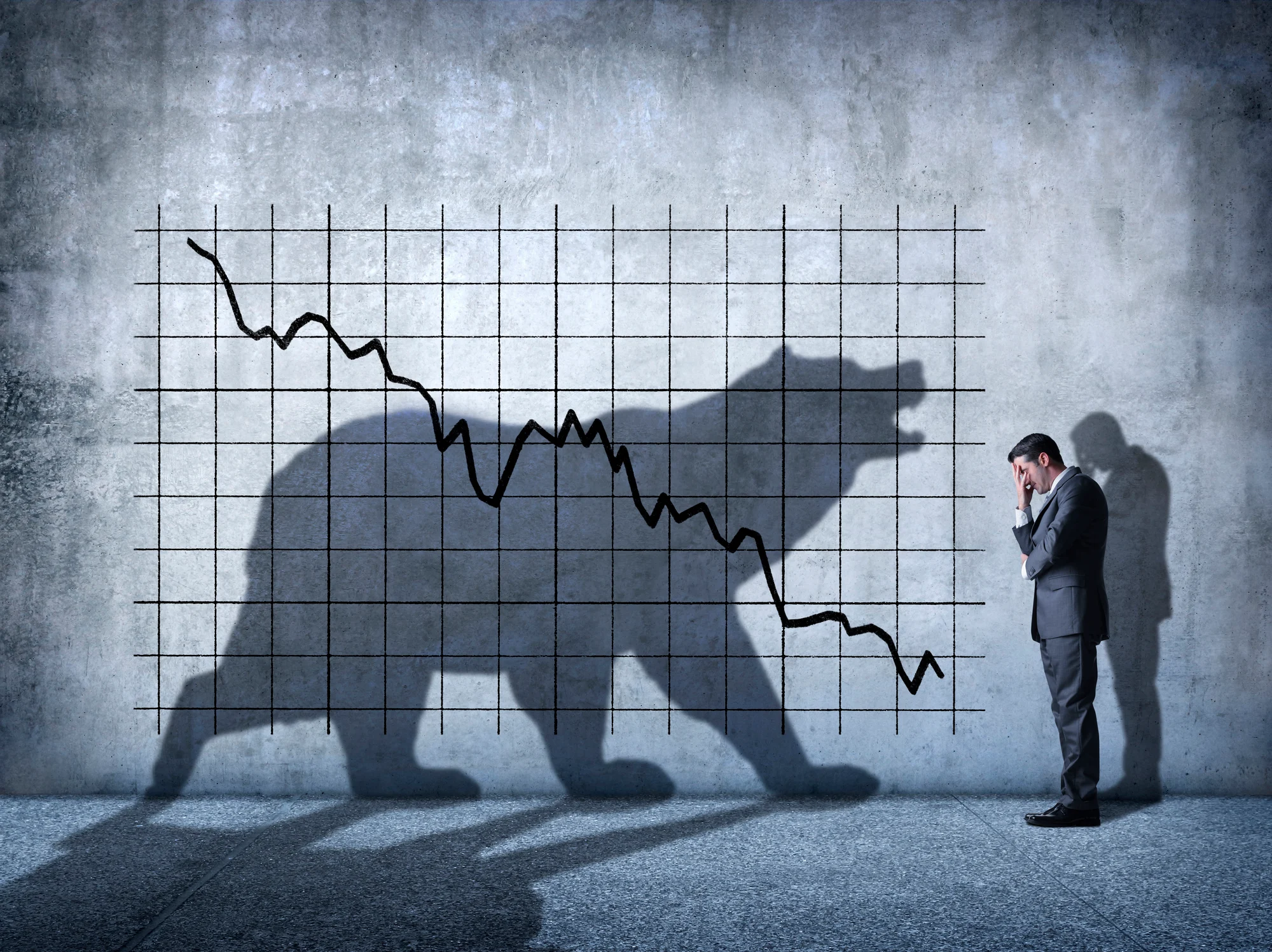Why not spread your investments about equally among 500 of the strongest companies out there?
One of Warren Buffett’s most famous investing-related quotes is that it’s important to “be fearful when others are greedy and to be greedy only when others are fearful.” In that line of thinking, investing in the middle of a roaring bear market can be one of the most powerful things you can do to potentially build long-term wealth.
After all, when stocks are down hard, the same dollar amount invested buys that many more shares of stocks than when those shares are trading at far higher prices. With more shares to your name, the next bull market simply improves your total net worth by a larger amount.
Yet the key challenge is that there’s usually some good reason for a bear market, such as war, economic recession, or the lending market seizing up. That makes it possible for companies to end up failing that could otherwise survive. As a result, if you have $10,000 to invest in a bear market, it makes sense to consider investing it in an index fund like the Invesco S&P 500 Equal Weight ETF (RSP -1.15%).
What makes that ETF stand out?
Like other S&P 500-focused index funds, the Invesco S&P 500 Equal Weight ETF invests in the approximately 500 companies in the S&P 500 index. It does so with a reasonably modest — but not rock-bottom — expense ratio of 0.20%, so investors will get nearly all the benefits of owning the stocks the fund holds.
Unlike most other S&P 500-focused index funds, however, the Invesco S&P 500 Equal Weight ETF strives to hold an approximately equal-sized position across each of those stocks. That equal weighting is what makes it stand out and worthwhile to consider as a bear market investment.
More typical S&P 500 ETFs are market-cap weighted, so that the biggest companies have the biggest impact on the fund. In a bull market, where “letting your winners run” can be a worthwhile strategy, that’s a perfectly reasonable approach. Yet when a bear market is growling, that market-cap approach can expose a couple of weaknesses.
First, in a market-cap weighted S&P 500 fund, the biggest companies have a disproportionately large impact on the index as a whole. The top 10 companies (11 stocks due to a holding with multiple classes) represent about a third of the overall S&P 500 by market capitalization. Should one of those companies get into trouble, it would have a much bigger impact on a market-cap weighted fund than an equal-weighted one.
Second, it’s important to recognize that in normal times, investors tend to put a higher price-to-earnings multiple on faster growth prospects. Imagine you have two companies, each earning $1 million this year. If one of those companies is expected to increase its earnings by 20% per year for the next ten years and the other is only expected to hold steady, the one with faster growth will command a higher multiple.
That works fine when the market is generally rising, but when investors start to panic in a bear market, they often see those high multiples in terms of “that stock has that much further to fall.” That can bring down those higher-priced, higher market-cap companies faster than others. By not being quite as tethered to the higher multiples from faster-growth potential, the equal-weighted ETF could potentially not fall as far in a bear market.
Are we in a bear market?
With wars in Europe and the Middle East, still-stubborn inflation in the U.S., and concerns of a recession still elevated, the market has certainly been a bit jittery lately. But stocks are actually up calendar year to date, and they’re not that far below the recent highs they posted in July. As a result, while a bear market remains a real possibility, it’s not quite fair to say we’ve been mauled by one yet.
I you want to take Buffett’s advice to be greedy when others are fearful, now may be a great time to consider investing in a low-cost, equal-weighted S&P 500 tracking fund. Should growth prospects get punished or some of the biggest companies get hit particularly hard, you’ll be glad your risks were spread out more evenly.

